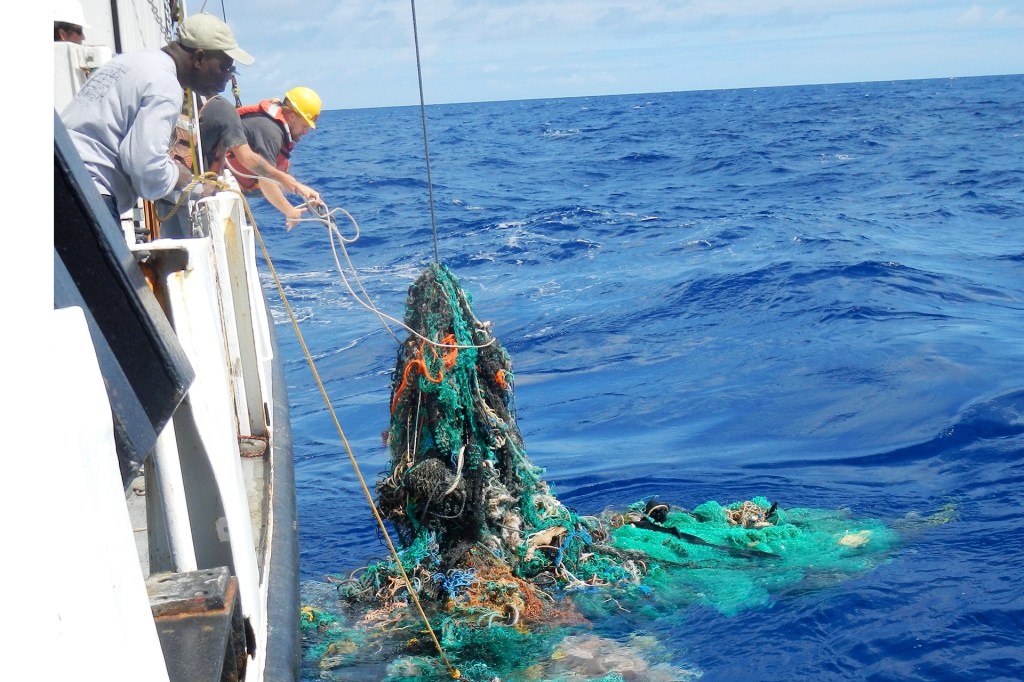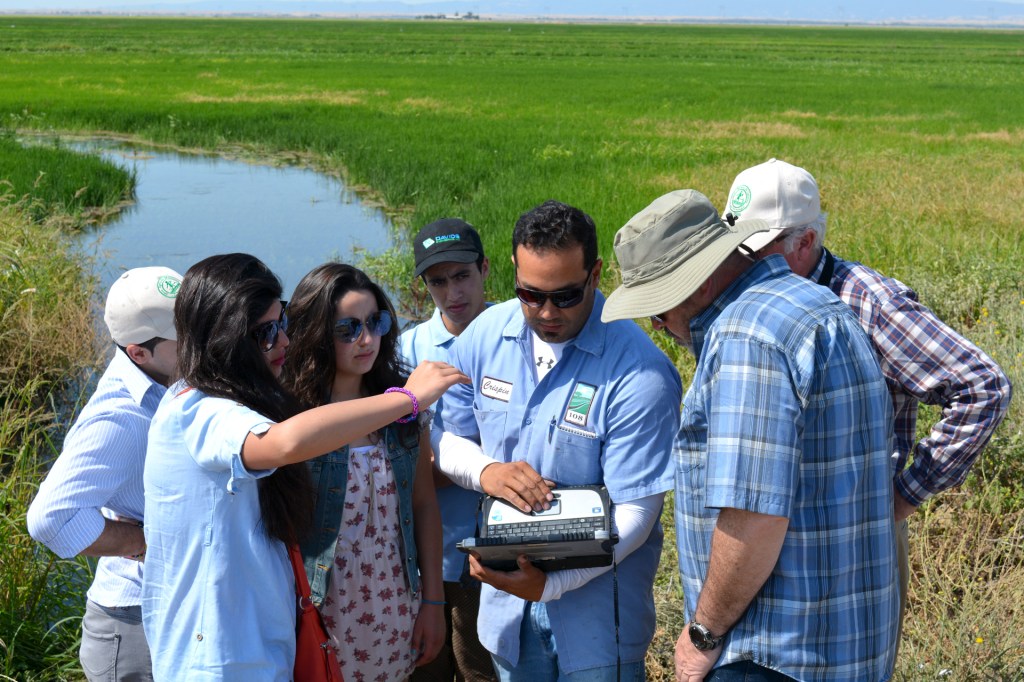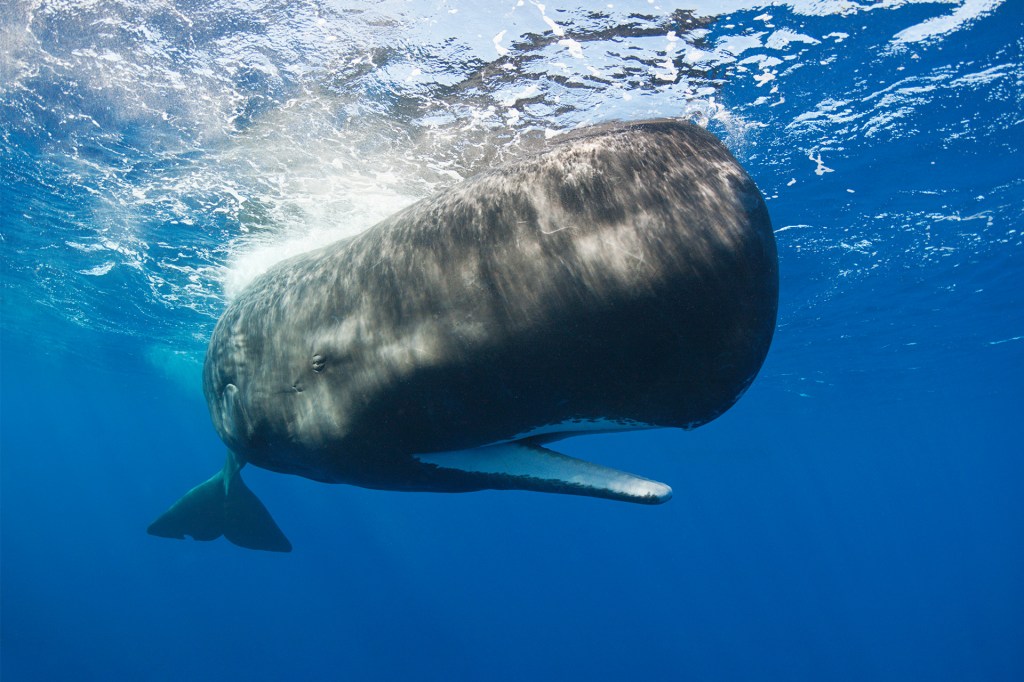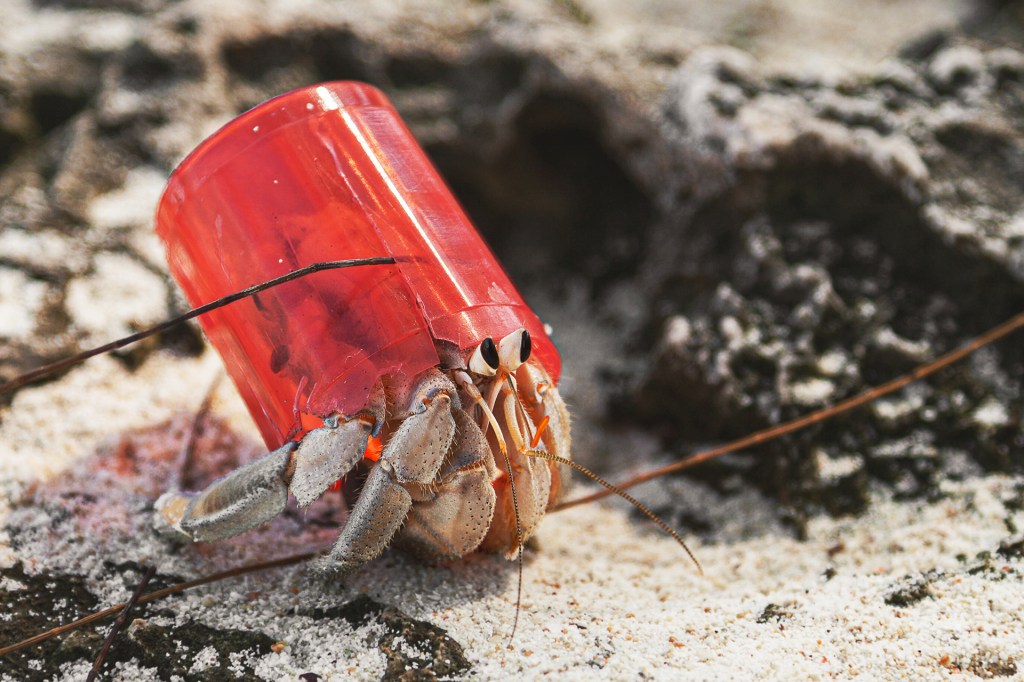A Big Mess

Around 1.8 trillion pieces of plastic have piled up in a stretch of the Pacific Ocean between Hawaii and California. The area is known as the Great Pacific Garbage Patch. According to a new study from the Ocean Cleanup foundation, the patch is twice the size of Texas—16 times larger than previously thought.
To make this determination, researchers spent three years searching the seas for floating waste. They retrieved bottle caps, fishing nets, toys, and old containers. In all, they gathered an estimated 80,000 tons of litter. That equals 250 pieces of trash for every person on the planet.
In the ocean, plastic breaks into smaller pieces over time. The remaining waste in the Pacific will break down into tiny bits of plastic called microplastics. These particles are smaller than the width of a human hair, and potentially harmful to fish and to humans. Microplastics have been found in the stomachs of fish for sale at supermarkets.
The Ocean Cleanup is calling on people around the world to stop the inflow of new plastic, and to support efforts to remove “the existing mess.”













